Gold Analysis – December 4, 2023
Fundamental View
The fundamental outlook for gold suggests a mix of factors influencing its trajectory. Analysts predict a bullish trend, with forecasts ranging from $1,800 to $2,060 per ounce in 2023, and a continued upward trend in 2024. However, challenges like waning demand, driven by rising real rates and a stronger US dollar, persist, undermining gold’s strength. Gold is influenced by fluctuations in the US dollar and yields. The rise of gold by 14% from November 2022 to early February 2023 was supported by a less hawkish tone from the US Federal Reserve.
The significant activity of buying gold by central banks with the net purchase of 800 tons of gold last year has been the main factor behind the positive performance of gold. In the absence of a clear catalyst, the increase in the price of gold on the day may be due to the execution of profit limits of long positions. In this case, we can have the possibility of a short-term retreat in the price of gold.
Latest Gold’s Rally
Gold crossed its August 2020 high due to expectations of a US interest rate cut and the cautious stance of the Federal Reserve. The Fed’s comments fueled the gold rally. Gold prices were further boosted by Federal Reserve Chairman Powell’s comments on the restrictive monetary policy stance. The comment led to a decrease in yields and the US dollar, favoring the rise of gold.
There is always FED in between
Amid speculation of impending interest rate cuts, Powell cautioned against premature expectations. This led to a cautious market, with gold prices reflecting a hesitancy to react to signs of the Federal Reserve delaying rate cuts.
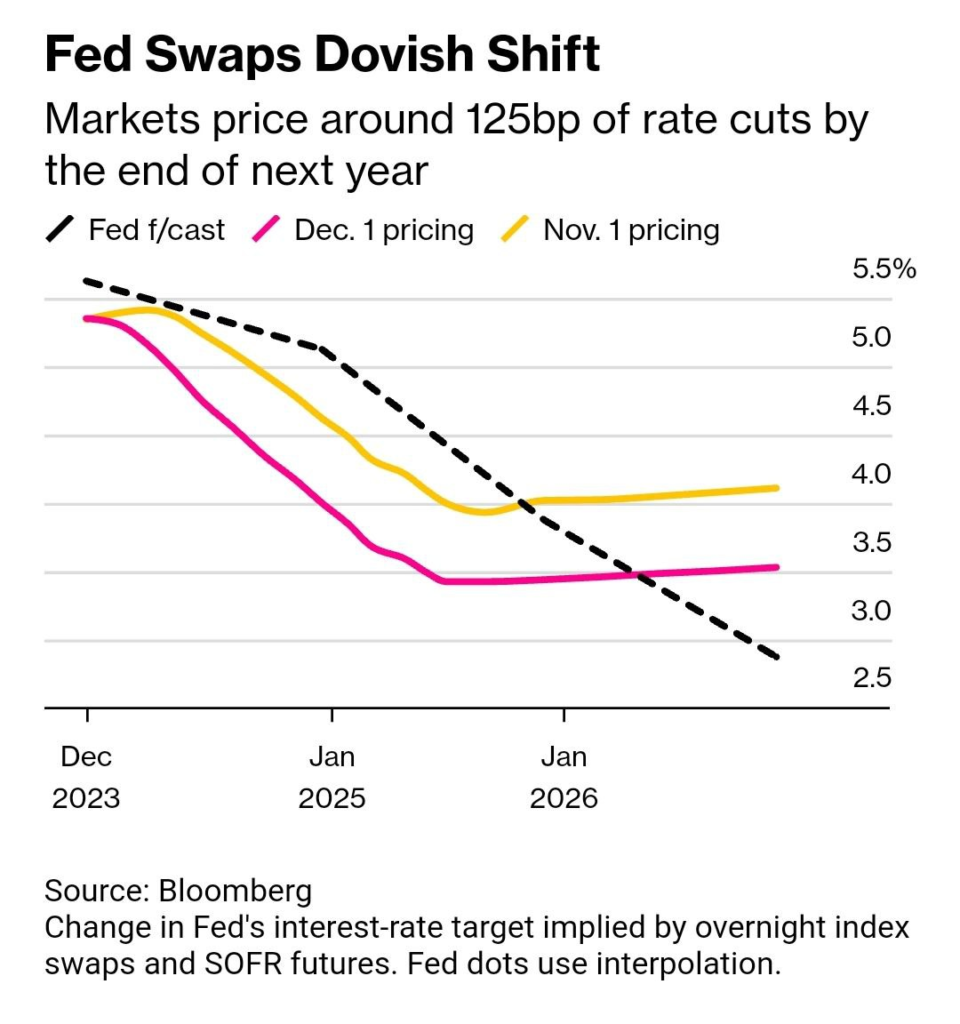
Market Sentiment and Influencing Factors
Gold prices fell today from Monday’s highs, perhaps reflecting the market’s reaction to signs that the Federal Reserve is in no rush to cut rates.
This sentiment was reflected in the Treasury market as the 10-year yield rose. The upcoming US labor force data, which is expected to show rising wages and Iran’s steady unemployment rate, could weigh on gold trends.
Technical View
The medium-term outlook for gold looks upbeat, however, the potential for real rates to rise in the face of deflation may weigh on gold investments, while net long positions have increased. ETF holdings have not risen significantly, reflecting mixed sentiment. It is in the gold market.
Any talk and possibility of an interest rate hike by the Federal Reserve can bring the price of gold back to the 1850 area, and if the expectations of an increase in interest rates by the Federal Reserve continue to increase as in the past weeks, the price of gold will be above 50-20.
Our direction for gold remains bullish and dips can be bought. Significant levels for a buy scenario are the 2035 levels.
Long depended on Fed expectation by Alisabbaghi on TradingView.com
Calendar events
Affecting news/events for gold
| eventid | impact | country | title | eventdate | previous | forecast | actual |
|---|---|---|---|---|---|---|---|
| 1.207.623 | High | USD | Initial Jobless Claims | 07/12/2023 01:30 PM | 218K | 223K | 220K |
| 1.207.569 | High | USD | Crude Oil Inventories | 06/12/2023 03:30 PM | 1.609M | 4.632M | |
| 1.207.553 | High | USD | ADP Nonfarm Employment Change (Nov) | 06/12/2023 01:15 PM | 113K | 128K | 103K |
| 1.207.522 | High | USD | ISM Non-Manufacturing PMI (Nov) | 05/12/2023 03:00 PM | 51.8 | 52.0 | 52.7 |
| 1.207.523 | High | USD | ISM Non-Manufacturing Prices (Nov) | 05/12/2023 03:00 PM | 58.6 | 58.3 | |
| 1.207.524 | High | USD | JOLTs Job Openings (Oct) | 05/12/2023 03:00 PM | 9.553M | 9.350M | 8.733M |
| 1.207.517 | High | USD | S&P Global Services PMI (Nov) | 05/12/2023 02:45 PM | 50.6 | 50.8 | 50.8 |
| eventid | impact | country | title | eventdate | previous | forecast | actual |

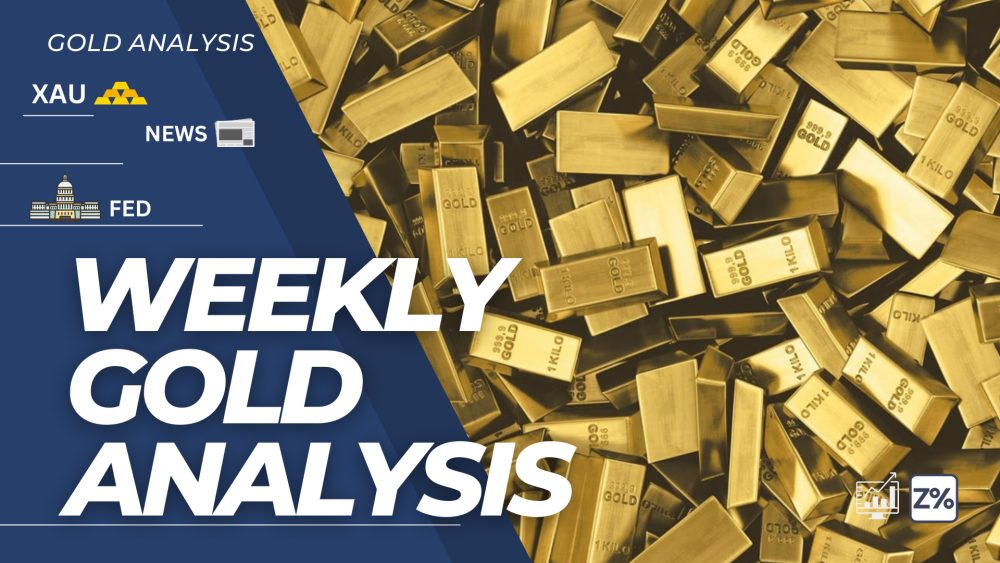


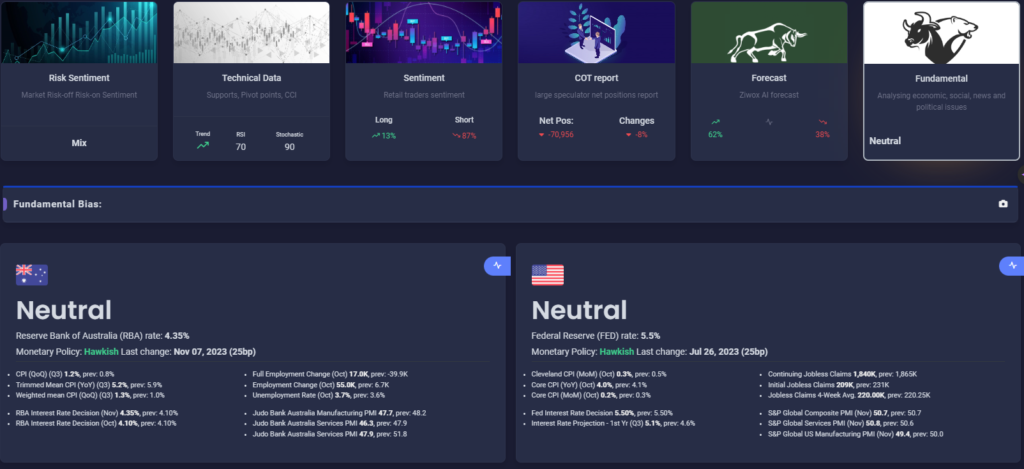

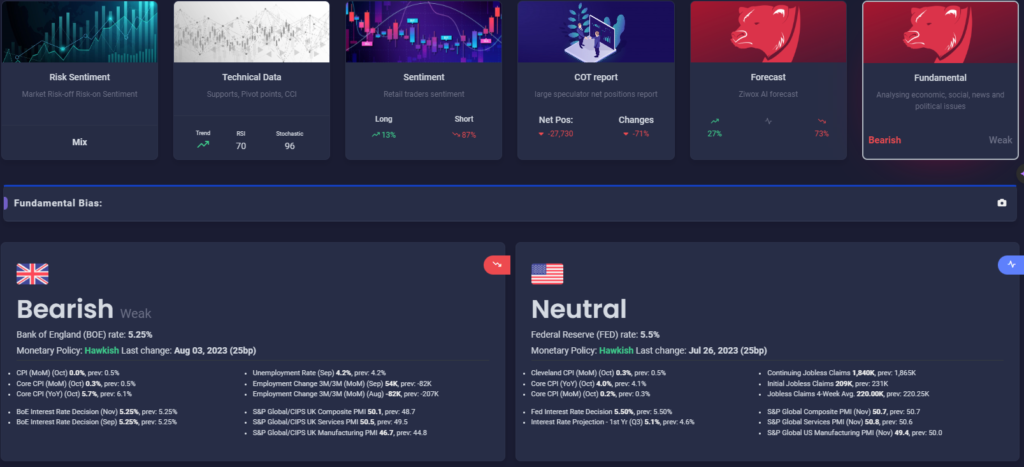
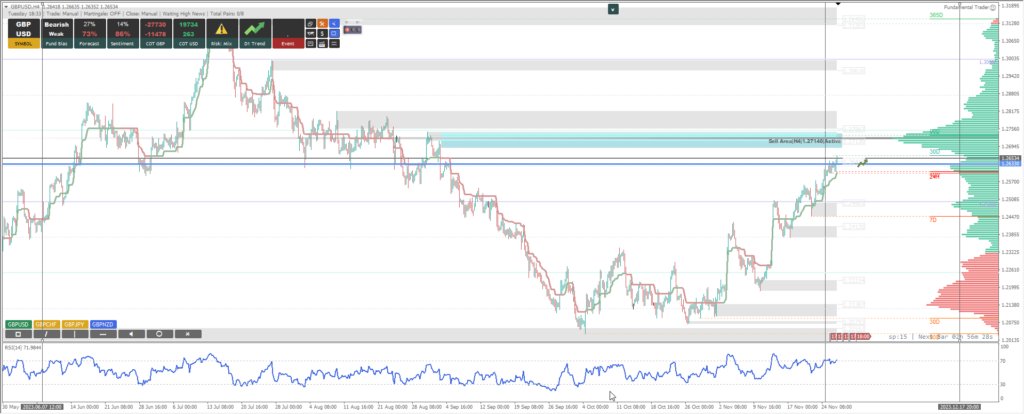

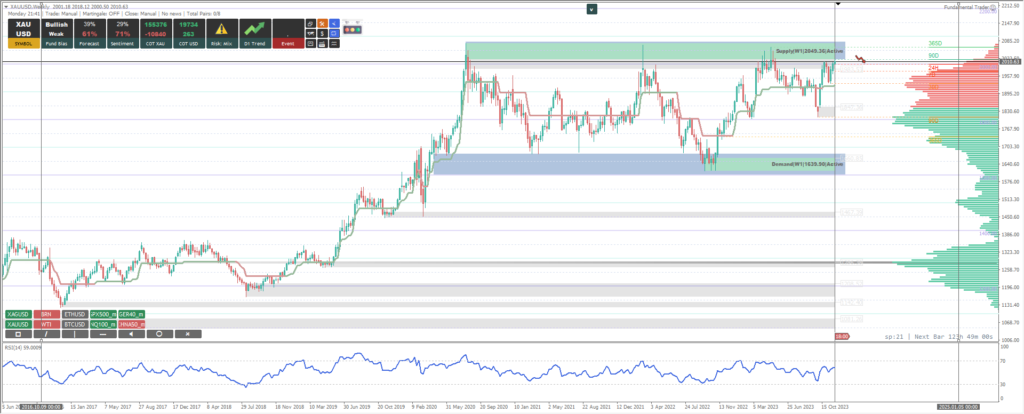


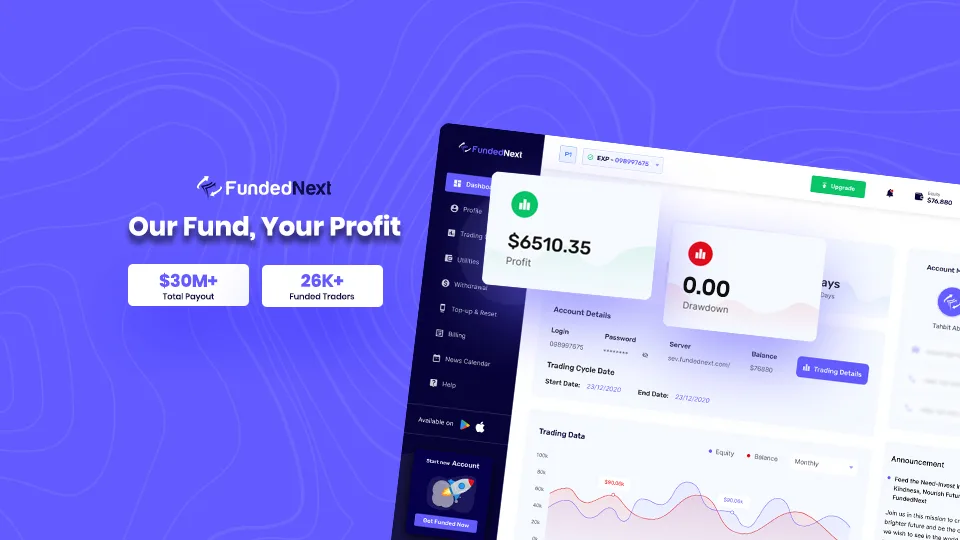






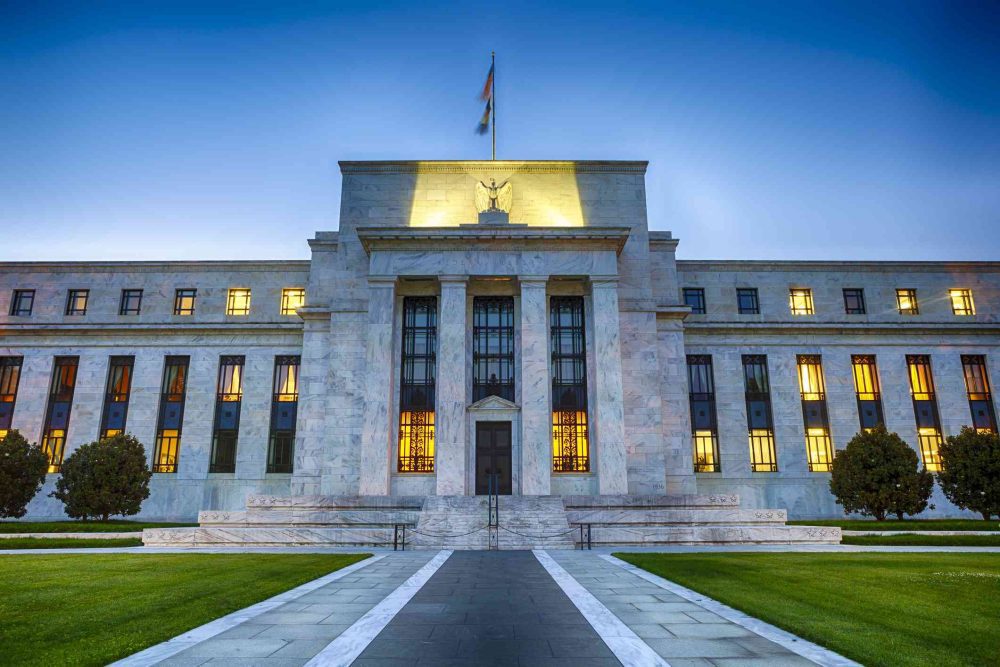
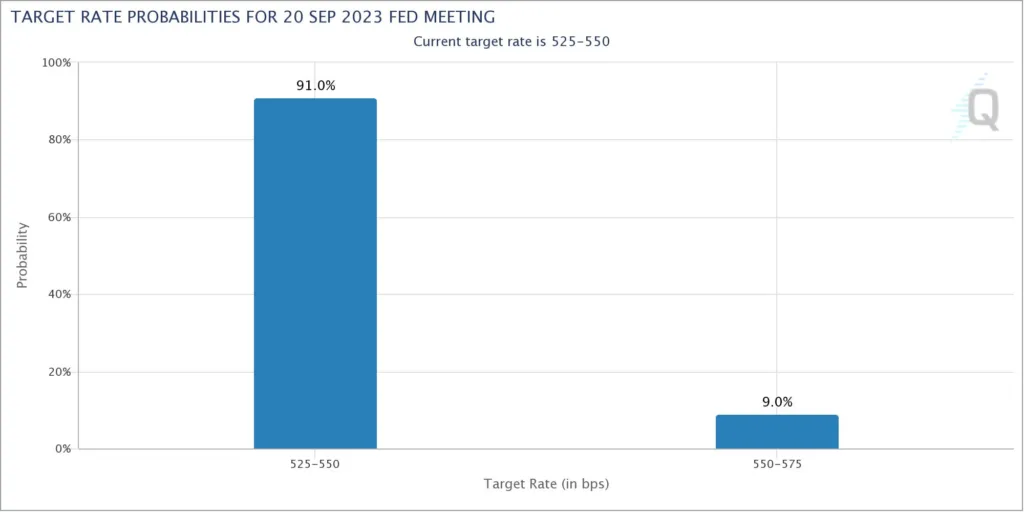




Leave a Reply
You must be logged in to post a comment.